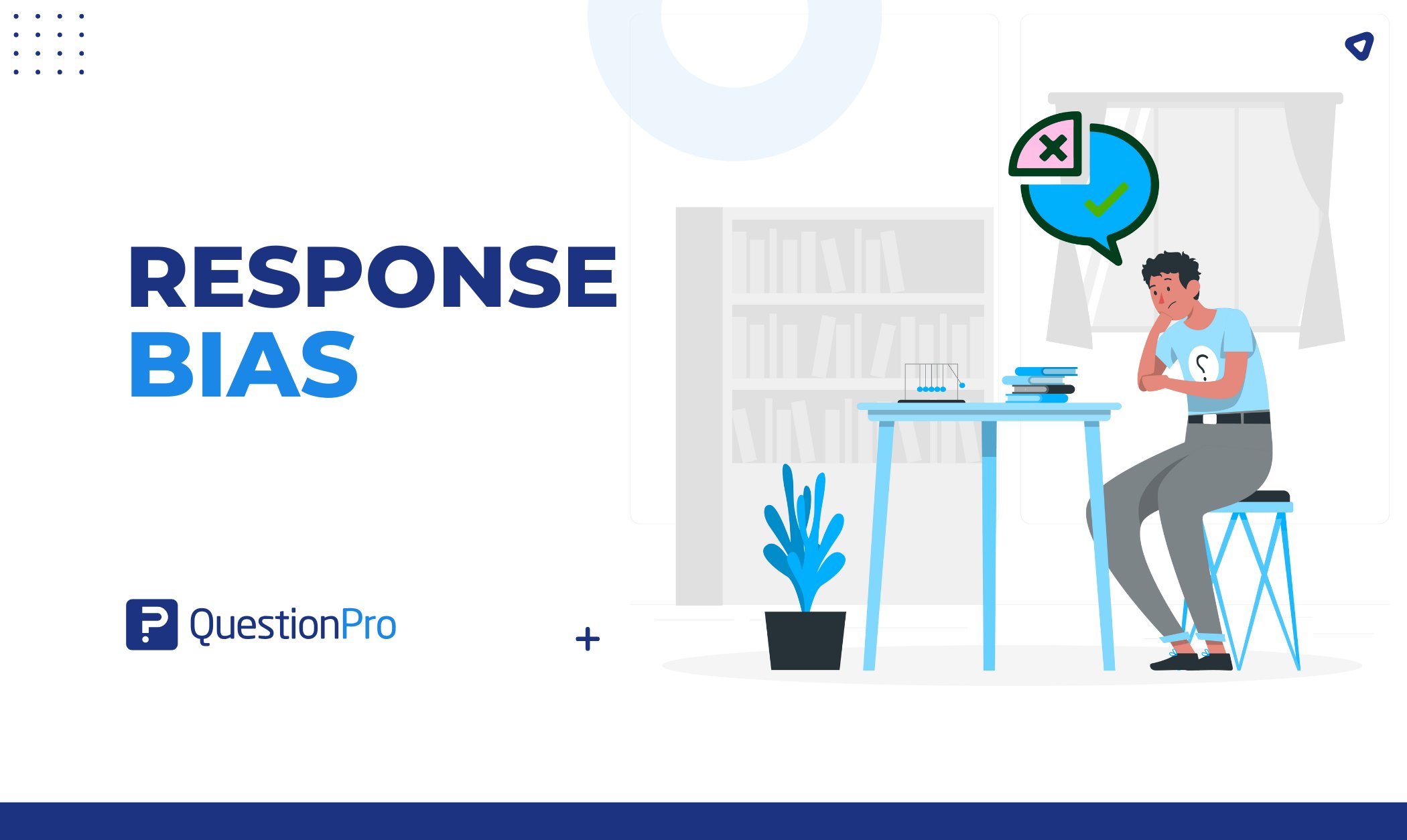
When it comes to enhancing the quality of education, gathering insightful feedback is crucial. That’s where course evaluation examples play a vital role.
These evaluations provide valuable insights into educational courses’ effectiveness, benefiting students and instructors alike. In this blog, we will explore three amazing survey templates that can serve as valuable resources for institutions and educators seeking to refine their teaching methods and improve the overall learning experience.
The classroom response system allowed students to answer multiple-choice questions and engage in real-time discussions instantly.
So, let’s dive into these powerful course evaluation examples that can transform the way we approach education!
What is course evaluation?
Course evaluation is a systematic process used to assess the quality and effectiveness of an educational course. It involves gathering feedback and opinions from students, instructors, and other stakeholders to understand various aspects of the course, such as its content, training methods, learning resources, assessments, and overall organization. The instructor treated students with respect.
The primary objective of course assignments is to obtain constructive feedback to improve the learning experience for students and enhance the learning methods employed by instructors. By collecting and analyzing data from course assignments, educational institutions can identify strengths, weaknesses, and areas that need improvement.
This data-driven approach helps in making informed decisions to enhance the overall quality of education and optimize the learning outcomes for students.
Why do you need to do course evaluations?
The reason for conducting course evaluations is to enable study boards, lecturers, and the institution’s management with findings of the educational outcomes. It helps to enhance the teaching experience continuously and guarantees students the best learning environment.
Universities run these evaluations to maintain the top quality of courses while creating a firm basis for future improvement. The university emphasizes a lot on course assignments as a method of ensuring optimal conditions for lecturer engagement and student learning.
It helps students
Students are allowed to voice their concerns and share their perspectives over time. The instructor provided helpful feedback is used to impact the teaching methods positively.
It helps professors
It helps professors gauge what’s working and what’s not and use this information to make changes, refine, and restructure courses to make them more effective.
It helps future students
The inputs gathered from students, when implemented, improves the courses for prospective students. Universities run surveys regularly to enhance the effectiveness of their courses year-on-year.
Learn more about our Academic Survey Solutions here!
50+ COURSE EVALUATION SURVEY TEMPLATES & QUESTIONNAIRES
Three amazing course evaluation examples of survey
Universities and colleges must survey their students and collect their feedback about the courses offered to ensure the best learning experience for them. Surveys are the best tool to gather students’ direct opinions. Keeping these surveys anonymous will increase the chances of collecting honest feedback.
Let’s look at three amazing course evaluation examples used by real universities:
- Instructional experience survey
- Course material survey
- Course structure survey
1. Forrest College – South Carolina
Instructional experience survey
An instructional experience survey is one of the most used course evaluation examples that aim to capture the student’s experience of the instructor. These surveys aim to obtain student feedback about the instructor’s knowledge, his/her teaching approach, style, clarity of explaining topics, teaching material, and many other parameters.
Instructors use this feedback to understand areas they can improve the quality of the course while understanding what teaching methods are the most effective.
Source: forrestcollege.edu
The objective of the evaluation surveys is to provide data for development and improvement and support the university management in evaluating instructor effectiveness.
The survey above is a classic example of a ‘complete’ instructor of assignment survey, where the professor is studied thoroughly. The survey asks direct questions, as well as indirect questions, with the instructor always at the pivot.
This survey captures everything from the instructor’s knowledge of concepts, course material, enthusiasm to subject awareness, and grading system to give the instructor and the educational institute a complete picture of the instructor’s skills and performance.
2. The University of Oregon
Course material evaluations survey
Another one of the most important course evaluation examples survey you must run is the course material survey of evaluation. It is not simple for teachers and universities to design a 100% perfect and accurate course.
The course material must also change with the changing times to be most beneficial to students, and it has to be tailored to the current needs. Run a survey to understand the course material satisfaction levels of students.
Institutions run course material surveys to find out the following:
- How much do the students spend on textbooks?
- What digital learning aids do students find beneficial?
- Were audio/video learning sessions effective?
- The engagement levels of each course.
- Was the course’s material too challenging?
- Was there any repetitive content in the course?
Let’s look at the survey that the University of Oregon uses.
Source: oregonstate.edu
Running a course material evaluation study is an important step. The feedback you receive from the students helps you understand which activities they benefitted from, what areas they struggle with, and how much the course material impacts their learning.
3. The University of Wisconsin – Madison
Course structure survey
One of the most demanding course evaluation examples of a survey is course structure surveys aim to understand the student’s feelings and feedback about the course structure. Many courses need practical lessons too.
This survey helps to find the right balance between classroom lectures and practice. Evaluate everything beginning with the instructor’s feedback, course material feedback, the timings of the course, the availability of study materials, implementation of the course, etc.
Different question types like single-choice, multi-select, rating scales, open-ends, and NPS must be applied to capture the most accurate information. Here are the most critical questions your educational institution must consider while creating a survey.
Source: wisc.edu
Collecting meaningful information and input from students to improve the courses is highly important. Running a survey of evaluation helps students to reflect on and provide feedback about the course – for the benefit of future students.
A survey of evaluation guides educational departments to revise the course and design it to function in the most optimum way.
Importance of running online course evaluation surveys regularly
Universities must run surveys around different topics and collect student feedback on their courses. Here’s a look at the principal reasons for running surveys regularly.
Enhance the current course
Use constructive feedback from the students to make changes and enhance your course structure to everybody’s advantage.
Assess specific behaviors
Take a deep dive into the issues that exist instead of only assessing the ‘quality of teaching’ in general.
Smart devices
In addition to computers, they enable students to respond via mobile devices and tabs to capture information on the go.
Enhanced question types
Use online surveys to enable you to ask course evaluation questions in different ways to capture the most accurate responses.
Quick report generation
Generate reports on the go with a live dashboard. Capture student feedback and work on it instantly.
Improve student-instructor interaction
Be it academic surveys or market research studies, and surveys help the researcher and respondents (in this case, the professors and students) improve the communication between both parties.
Enhance student engagement
Provide students a platform to voice their opinions and concerns and help them contribute to enhancing the course.
Continuous improvement
Universities must be on their toes to continuously improve to provide the best education. Surveys help them look at data constantly and make improvements to areas that are lacking.
Learn more about our Academic Survey Solutions here!
Tips for creating your course evaluation survey:
Before you begin designing the survey, you must know what type of information you’re looking to collect and what is the smart objective of the study. Once that’s clear, here are some useful tips to keep in mind while creating your survey:
Mind the length
Don’t keep the sstudy too short or too long. Short surveys won’t get you the complete information, and students will drop off from long studies. Respect the time of your respondents (students in this case). Usually, limit your study to 20 questions to achieve a reasonable completion rate.
Question types
Make sure to use a mix of closed-ended questions and provide some space for open-ended questions and student self-evaluation questions. Close-ended questions include true/false, yes/no, and multi-choice questions. Also, make use of rating scales to capture accurate thoughts on various topics.
Question phrasing
Phrase your questions in a manner that it’s simple to understand and interpret by all students. Phrase them in a way to eliminate bias. The question and its options must be non-biased to capture accurate data. Remember that respondents will mostly answer the questions in the absence of the surveyor, so make sure to put your question across clearly.
Structure
The flow of questions must be logical. Without a logical flow of questions, respondents may feel lost and may get confused. Group similar topics and avoid placing questions vaguely.
A well-structured survey not only helps students answer questions problem-free but it also helps with better data analysis. If you have stand-alone open-ended questions, placing them at the end is a good idea to capture more information from the students.
Specify the purpose and give instructions
Students must be clear on why they’ve been asked to take the survey. The survey must specify its purpose, and clear guidelines must be given at the beginning of the study. Defining the purpose helps students know exactly why the survey is being used and helps them take the study seriously.
Know more about our Academic Survey Solutions here!
Are you ready to engage your students and run a course evaluation survey?
We learned 3 important course evaluation examples of surveys in our above discussion. Choosing robust survey software is of paramount importance. Creating surveys takes a lot of time and energy – especially if you plan to introduce logic and branching. Capturing data with the use of limited questions is the challenge.
Choose from over 300+ survey templates designed by experts at QuestionPro to strongly impact your data collection. Customize the survey according to your brand’s color and add your logo to the survey to make it look authentic.
What more? Add your survey questions, or simply get back to us with any problems you face. We have expertise in designing engaging surveys from scratch so that you can focus on the more important topics that concern you. Contact QuestionPro today to get the best value for your course evaluation survey!







